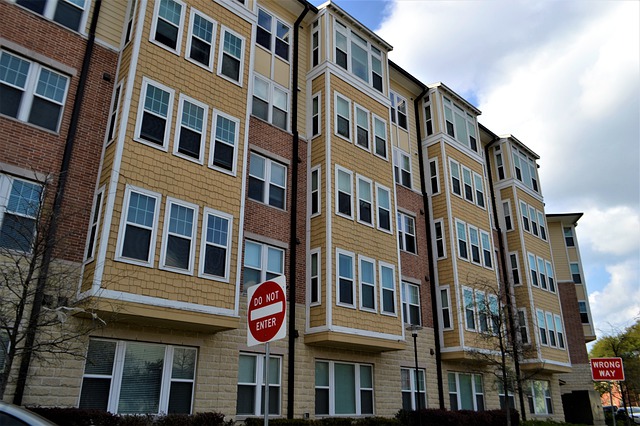A recent report regarding existing housing needs, demographics, and potential housing development sites was recently issued for District 8. The report demonstrates, among other things, where potential new housing units, including affordable ones, can be built, and at least on paper, it seems very straightforward. However, reality paints a different picture when new housing projects are planned and then assessed by residents. Additionally, what I found striking about the report, is that it is limited to only one of the eleven districts in San Francisco. And although it is better than not having any evaluation of the current housing situation and needs of a city that is only 49 square miles, it begs the question: why don’t we have such a report for the entire City?
Most residential projects, if not all, are planned, designed, and built on a parcel-by-parcel basis. At best, the project considers the impact on the entire block but rarely do these projects consider the whole neighborhood, let alone the entire City, which is what we currently need. In other words, to use my project management lingo, we need a program or maybe even portfolio management to assess the needs related to housing, which include:
- Buyers’ preferences regarding amenities
- Traffic and transportation
- Realistic affordable housing, as opposed to the current standard used, is still out of reach of many residents.
- Developers’ investment interests
- Long-term and City-wide impacts
Although we cannot dictate where people should invest, live, work, and send their kids to school, we can develop master plans that will encourage decentralization of housing, which, in turn, can alleviate the market demand, mitigate displacement of individuals and businesses, and provide livable neighborhoods for all San Franciscans, which is something that we currently lack in the City. For example, there has been community outcry in recent weeks in both the Castro and Mission Districts due to evictions, resident displacement, and what many see as unchecked development, which negatively impacts these neighborhoods’ architectural landscape. At the same time, we are seeing other neighborhoods, such as Bayview-Hunters Point, being neglected and, as recently reported in the SF Examiner, being declared a “food desert” because of the lack of choices to buy healthier food; a phenomenon that does not exist in other parts of the City.
As AEC professionals, we often wait for our clients to approach us with a project, which we then propose on and, if awarded, design and construct. However, as built environment professionals, we can also identify potential development projects that can benefit the community, make a profit for its investors, assist the City agencies in alleviating the housing and homeless crises, and make an overall positive impact for the long term. And, as a father of a 10-year old girl, I feel that the latter advantage is crucial for her and her generation’s success.
We at SCE strongly believe in the importance of sustainability, which includes economic viability, environmental protection, and social equity. These elements together must be at the core of any built environmental project, which is expected to improve the quality of life within our communities.

